Argentina’s Capybara Takeover Presents A Strong Case For Rewilding
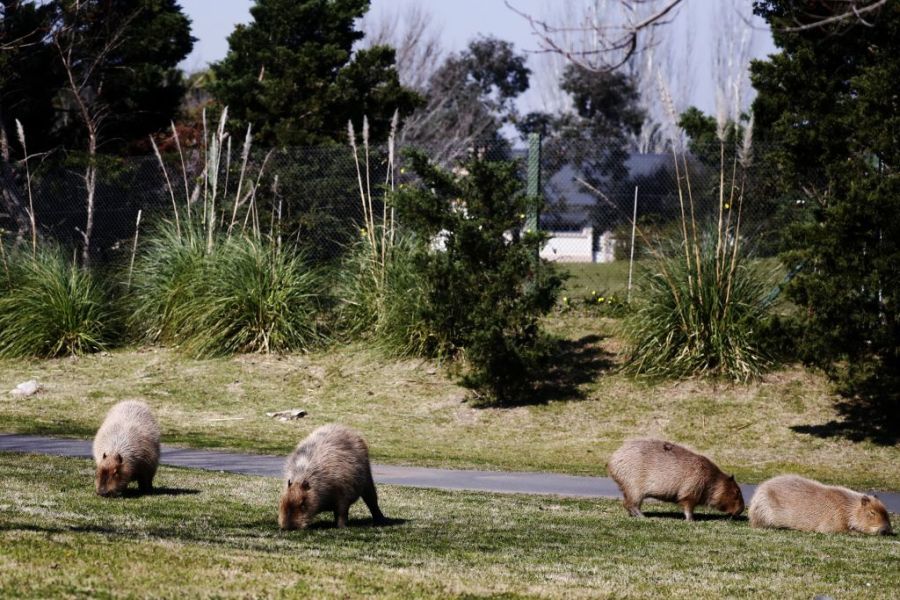
What would you do if you woke up one morning, pulled back the curtains, and gazed outside…only to see a charmingly furry — and surprisingly gigantic — rodent munching on the grass in your backyard? While it might seem a little outlandish, that question isn’t too farfetched for residents of Nordelta, an upscale neighborhood on the northern outskirts of Buenos Aires, Argentina.
As recent news articles have put it, these oversized rodents — capybaras, which typically stand around 2 feet tall and can weigh over 100 pounds — are invading Nordelta, upending the wealthy community by damaging homes and yards. They’re not simply being pests, however. The neighborhood was built on top of the capybaras’ natural habitat, and the fuzzy freedom fighters are merely trying to reclaim the wetland areas in which they thrive. But their story is also highlighting an increasingly important ecological concept called rewilding — a process that could help make our planet a healthier place.
Why Are Capybaras Causing a Problem in Argentina?
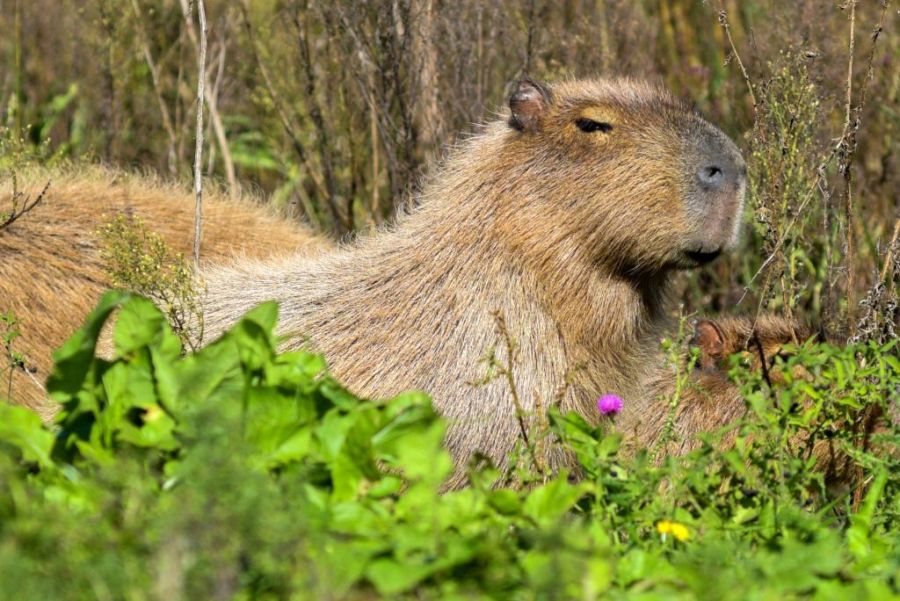
As mentioned, capybaras are very large rodents — the largest on Earth, actually. As adorable as they appear, though, they leave behind big droppings, destroy landscaping, and tend to create havoc when hordes of them live so close to humans. But there isn’t any malicious intent behind this behavior; it’s what comes naturally to the critters. The issue, then, has to do with their proximity to people — or people’s proximity to the capybaras’ typical habitat.
The Nordelta neighborhood is built on the delta of the Parana, South America’s second-longest river. The wetlands that surround the river are extremely important to hundreds of species of plants, animals, and aquatic life – and capybaras are no exception. The rodents are semi-aquatic, spending their days swimming in the Parana to stay cool and surviving on a diet of the aquatic vegetation native to the delta. Essentially, the area where developers chose to construct Nordelta’s gated communities — the neighborhoods that are now seeing capybara “invasions” — are the natural habitats in which capybaras have evolved to thrive. Capybaras are retaking the neighborhood simply because it’s where the animals belong. And, some scientists have proposed a potential solution to this ongoing issue: the process of rewilding.
What Is Rewilding?
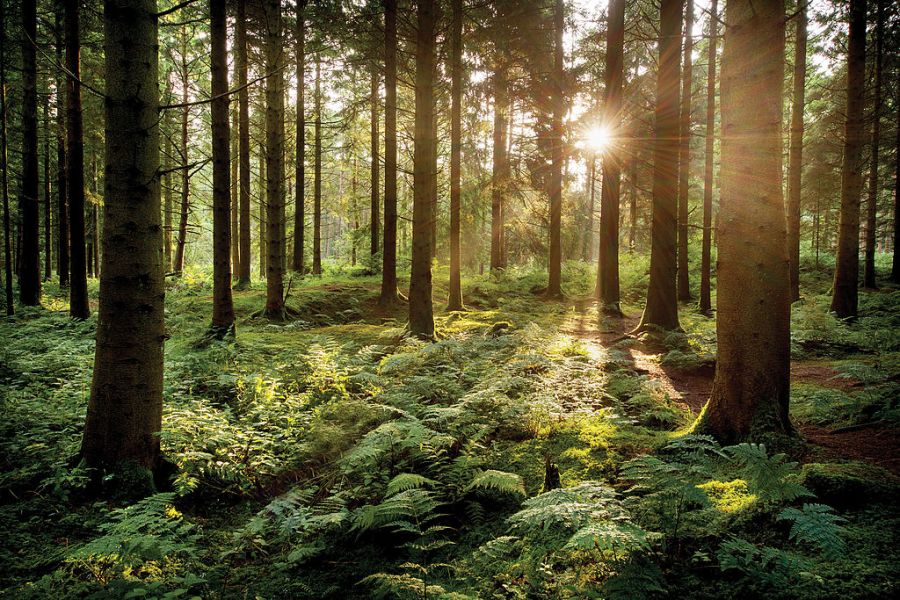
Rewilding, in essence, is the process of allowing a developed area to return to its natural, pre-developed state — the way it existed before humans began changing the landscape. Nature has evolved various ecological systems that give it the incredible ability to manage itself, as long as humans don’t interfere with the naturally occurring processes that keep it healthy.
For example, people in some areas polluted rivers so extensively that the water became toxic — and then later returned to its original healthy condition. Residents didn’t have to clean up the water, though; instead, they merely had to stop polluting it, and the ecosystem’s natural processes took care of the rest. After decades, natural processes helped the rivers essentially bring themselves back to a state of cleanliness. This is just one example of what rewilding might look like, but it almost always involves humans taking a step back and ending their interference with an ecosystem.
Across the globe, various groups have engaged in rewilding and seen great success. The Chacabuco Valley of Chile is just one example. Years ago, this region was home to many different species and a distinct climate. As time went on and extensive farms sprang up in the area, however, farming activities degraded the land, stripping nutrients from the ground and consuming natural resources to keep livestock alive. An organization called Rewilding Patagonia bought over 300 square miles of this land and left it alone. Without any action from humans, the plants and animals that were scarce at the beginning of the project now flourish in their natural environment.
Rewilding is a relatively new concept. Before rewilding, most conservation efforts and pushes to protect the environment focused on actively fixing various problems. Rewilding is a more passive approach; humans fix an ecological issue largely by stepping away from the area and allowing Earth’s processes to take their natural course towards restoration.
What Are the Benefits of Rewilding?
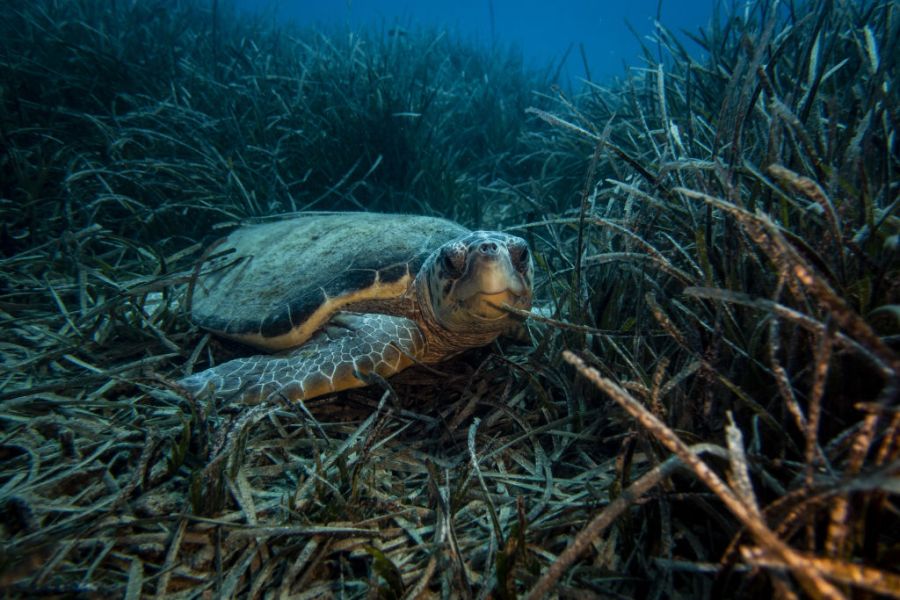
One primary benefit of rewilding is that it can reduce the number of greenhouse gases released into the atmosphere — a major driver of climate change. Depending on its location, a healthy ecosystem likely has thriving plants and trees that filter carbon dioxide out of the air. Rewilding often involves eliminating human practices that lead to pollution, such as large-scale farming, the construction of poorly placed neighborhoods, and business activities that have large carbon footprints. Limiting human activity in an area can significantly reduce the number of greenhouse gases emitted into the atmosphere. And, having a larger concentration of plants in an area better equips the environment to handle the greenhouse gases that are released.
Rewilding preserves biodiversity. An area that’s biodiverse is home to a wide variety of plants and animals. It takes many different types of life to support a healthy, biodiverse ecosystem. When the environment is compromised, whether by pollution, construction, or something else, that biodiversity is threatened. For example, if pollution causes fish to die off in a river, the birds that eat the fish will likely die of starvation or leave the area. Then, the larger mammals that eat the birds won’t have food, and they, too, may starve or begin to migrate — lowering the area’s biodiversity. If there’s no pollution, the animals can thrive in the environment they’ve evolved to live in, and there should be enough food for every member of the food chain.
Some conservation efforts have been criticized due to their expense. Rewilding, on the other hand, can be highly cost-effective — and can even create new economic opportunities. When formerly damaged lands are restored to their natural condition, there are more resources for communities to use responsibly. Especially in areas where people rely on natural resources for sustenance, saving an ecosystem can mean saving livelihoods and long-standing cultural practices. Rewilding efforts tend to include some form of community outreach that teaches the community how to responsibly enjoy the land once it’s restored.
Why Is Rewilding Important?
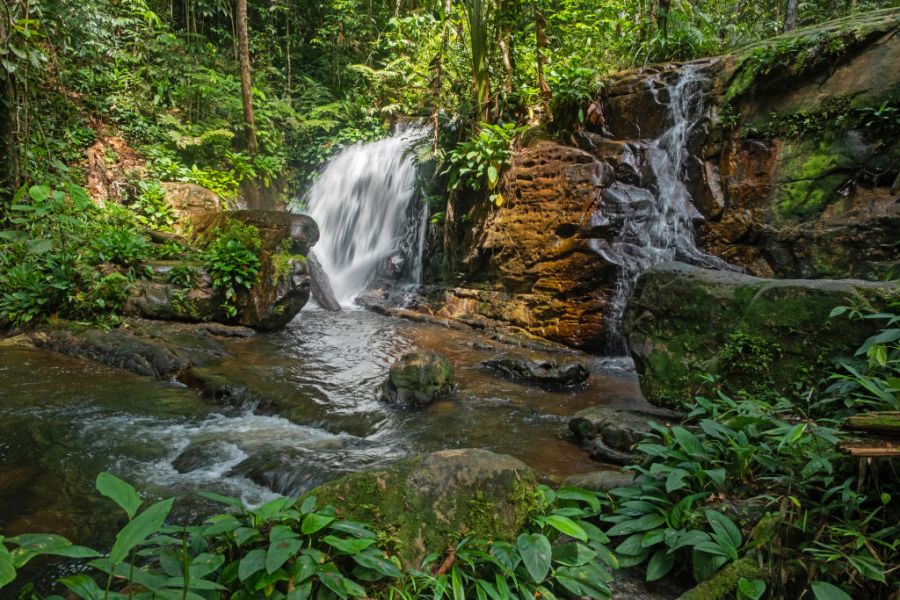
The overall goal of rewilding is to bring humans and nature back into a more respectful relationship. Humans have stripped the earth of natural resources and tend to engage in activities that damage ecosystems rather than improve their overall health. These actions have led countless animals to go extinct or become endangered. Many scientists note that climate change, which is closely associated with human actions and their ecological impact, has resulted in the increasingly severe weather patterns seen around the world, and there is no question that natural disasters and limited natural resources are taking an economic toll on humans.
One main goal of rewilding is to ultimately reverse these issues. Rewilding can reduce the negative impact humans have had on the earth and lessen the effects of climate change. Rewilding also has the fringe benefit of strengthening economies that rely on natural resources. Without rewilding, humans will eventually lose their own healthy habitats — like the displaced capybaras in Argentina.
Rewilding is a promising method of addressing some of the most pressing environmental issues of our time — a method that only requires humans to allow Earth to restore itself. If there’s one important thing the capybaras can teach us, it’s that we should take a step back and preserve our habitat.





